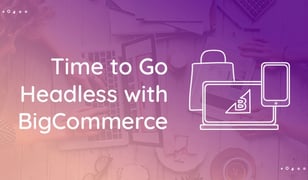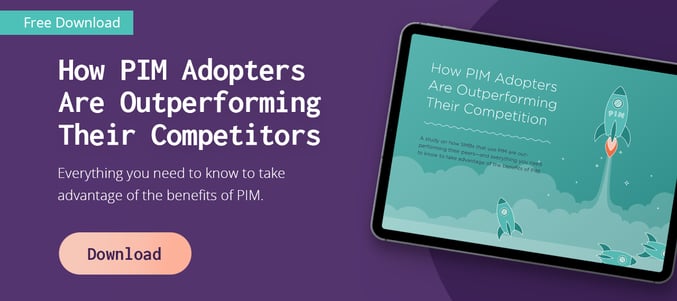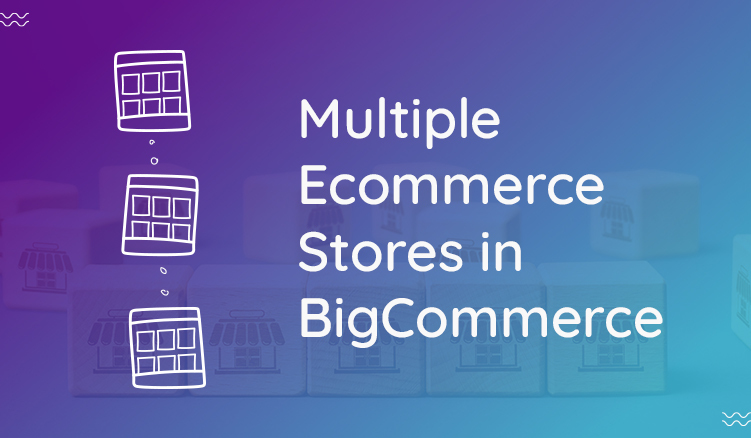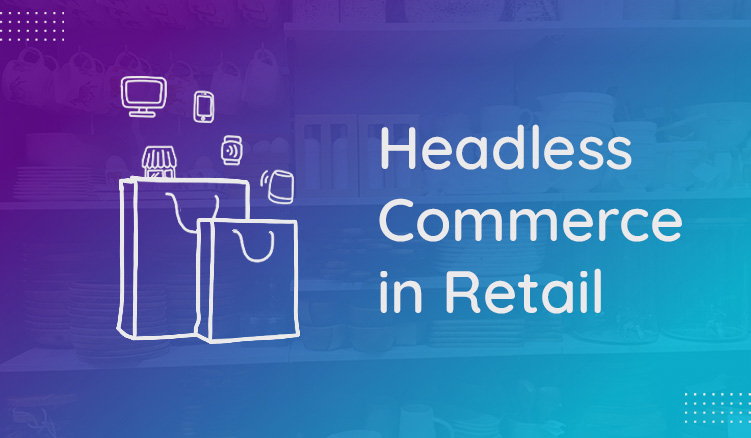Ecommerce isn’t slowing down one bit—and we’ve got the stats to prove it.
Global online sales have skyrocketed in the past year, reaching nearly $4.29 trillion in 2020 (a notable increase from $3.46 trillion the prior year). Of those sales, BigCommerce reached a whopping ecommerce revenue of $43.1 million, delivering a 39% year-over-year (YoY) growth compared to the end of 2019.
Even mobile commerce is taking the lead and accounting for 65% of total ecommerce traffic. This fast growth is pushing brands to accelerate into fifth gear.
Gone are the days where owning a single webshop with an omnichannel presence was enough. Today, it's is about multistore commerce and multichannel management. You truly need to know who your customers are, what they want, and how they want it. Consumers are shopping and consuming information through different devices, and therefore, your content needs to support that.
Product information needs to be optimized for search and discovery. Your site needs to load in less than 4-seconds and generate a 2% conversion rate. Sounds pretty straightforward, right? Yes, but by sticking with traditional ecommerce platforms alone, these results are proving to be darn impossible for many!
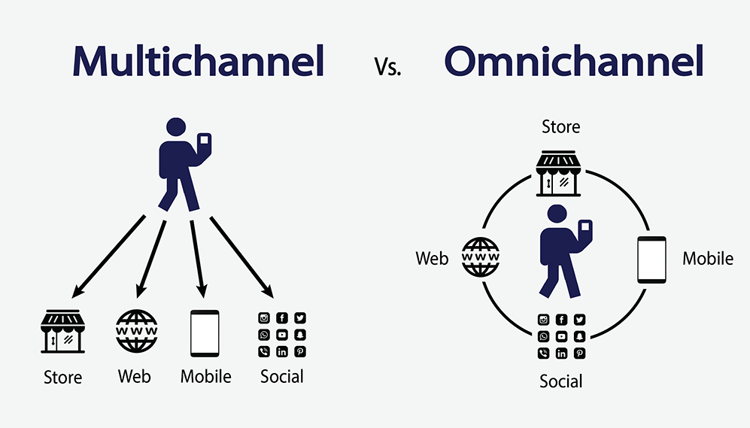
Traditional ecommerce platforms have proven to have their limitations as a recent study shares that 86% of marketers are frustrated with traditional CMSs, and feel that their growth is hampered by these tools. As it is, about 55% spend 500K to $4M on 3rd parties each year and growing (20% are adding even more). Traditional ecommerce platforms just aren’t sustainable for retailer giants and brands with BIG ecommerce dreams. These platforms aren’t built for flexibility in the way that supports triple-digit turnovers—but headless architecture is.
(Related reading: Why More Retailers Are Choosing Headless Commerce Architecture)
What is headless architecture?
Headless architecture is a decoupled approach to ecommerce technology.
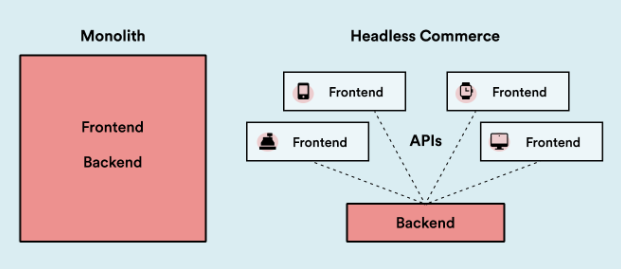
The system was born out of a 2013 Forrester Research report, and recent changes in the ecommerce landscape have urged modern brands to innovate and consider a headless model. While it has been around for years, it is becoming more common for businesses that require regular site updates on product launches, new channel growth, or cross-border and international selling.
Unlike traditional platforms, a headless approach means that both the frontend and backend are separated. It is heavily backed by developers and marketers, as it gives teams free rein to build whatever and however they want, without limitations. For example, marketers can take ownership and improve user experience (UX) on storefronts themselves without affecting the backend.
5 advantages of a headless approach
1. Flexibility in development
A headless setup is a developer’s dream. While it's pricey, it's rewarding. If you have the finances and resources to give developers the freedom to work in any programming language, do it. From MVC Core to React, Angular, or any other technology of their choice, employees are already trained for the job and won’t waste time learning a new setup. To add to the development side, you can deliver application programming interfaces (APIs) that are driven by experience through your content management system (CMS), device, or custom frontend.
(Related reading: See the list of the agencies, developers, and technology providers that BigCommerce has partnered with to build integrations and APIs for headless implementations.)
2. Accessibility for client-facing teams
One of the biggest frustrations for ecommerce marketers is having to rely on backend staff to deploy frontend changes—big or small. This leads to bottlenecking, which, as you know, slows down time to market, scalability, and more. Client-facing individuals should always have access to the frontend of a web store, allowing them to test new ideas and improve digital experiences.
With headless architecture, the opportunities are endless.
You can make products and their unique data accessible to your entire team and give them access from any channel or device through API. This eliminates any hiccups that prevent brands from getting ahead with customers.
3. Total control over your web store
A decoupled approach means that factors from traditional platforms, such as system security, stock keeping, and website performance, are now managed separately. Essentially, this means that you are not limited in your old web shop’s capabilities, for example, what you do in the frontend won’t affect the backend. And vice versa. The technical elements are controlled through specific applications and third-party providers, which allows client-facing teams more control over tasks such as the generation of revenue streams, marketing testing, and more!
4. Speed and performance improvements
Many go headless due to performance frustrations. When you’re managing hundreds of applications and integrations through one platform, you’re bound to experience speed and performance issues. But these challenges fade out when you go headless. Why? The beauty is that you can create workflows and processes that complement your needs. For example, take a load of product catalog management out of the mix and use PIM software instead. This will take a huge weight off your backend capacity and increase speed and loading time a lot.
4. The sky’s the limit
In Monolith Commerce, your success is dependent on existing capabilities. You make do with what your ecommerce platform can offer, and anything outside of that reach requires additional plug-ins or the need to settle. With Headless commerce, it’s the opposite. The sky is your limit. You can produce as much product information as you see fit and enrich data for multiple sales channels.
You can even incorporate artificial intelligence (AI) using digital assistants, adopt virtual reality, or any other ideas that can take your customer experience to new heights. Your creativity is boundless—it's all your resource capacity and budget.
Why headless commerce with BigCommerce?
BigCommerce is a customer-centric solution.
The platform is designed in a way that your storefront is rendered by WordPress, and the backend is powered by BigCommerce. The tool bridges content and commerce effortlessly, allowing you to customize each step of the process.
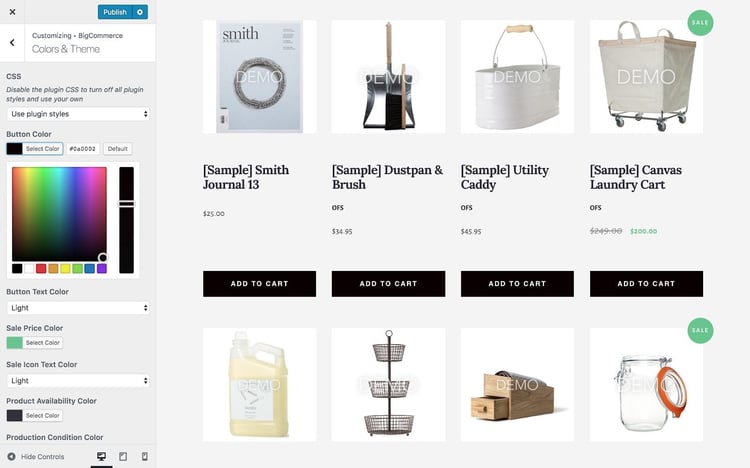
Perhaps you’re wondering what the purpose of going “headless” is if you’re still using a traditional platform? Well, it just means the following: BigCommerce has made it easier for companies to use their functionalities in a headless environment. By deploying third-party systems, for example by using a BigCommerce PIM integration, to make up your backend stack, you will prevent issues experienced by systems where resources are shared. BigCommerce attempts to take the best parts of the other approaches and merge them together into a new, powerful solution tailored to you.
10 key benefits of going headless with BigCommerce
-
Able to run multiple frontend stores from one admin account
-
Entering a best-of-breed SEO platform with advanced capabilities
-
You can build on top of existing APIs in any environment
-
Scale your catalog with 100s of new SKUs, and get 99.99% average uptime
-
Experience easy onboarding and further 24-hour customer support
-
No transaction fees and lower total cost of ownership
-
Marketplace integration with Google Shopping, Amazon, Facebook, eBay, and more
-
Access to over 65 different global payment gateway options for customers
-
Upgrade your presence with a convenient mobile commerce application
-
A customer-centric solution that supports multisite and multichannel commerce
Go headless with PIM and BigCommerce
Headless commerce is not for everyone—but soon it will be. And, here, we’re purely speaking from a “need to have it” point of view. The transition can be overwhelming in a complex market, but it starts with a shift in mindset. As with any digital transformation, you want to ensure that the technology providers you use are worth their salt, and can help open the door to new sales.
By putting a Product Information Management (PIM) system at the heart of your business operations, you’ll always be one step ahead of your competition. Whether you only use it as a PIM database or content syndication tool, a single source of truth is invaluable to any brand. To see what PIM for BigCommerce can do for you, give ours a test. Try Plytix PIM for free, no credit card needed.

